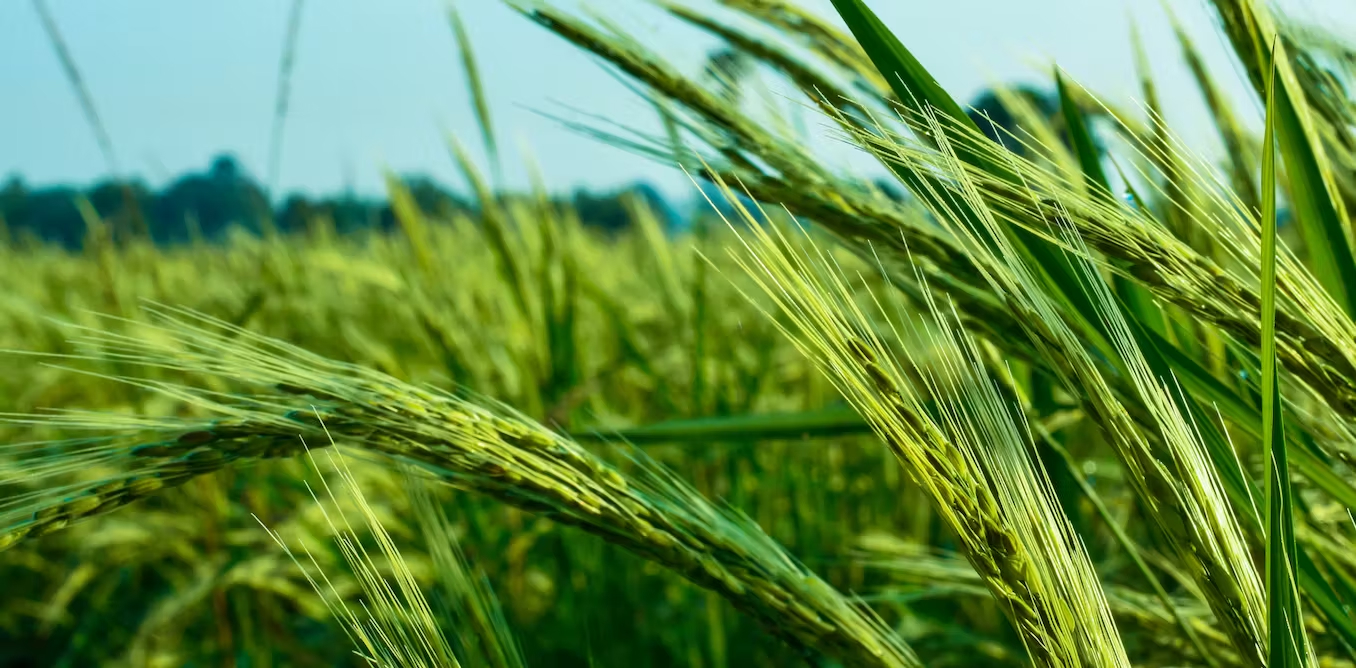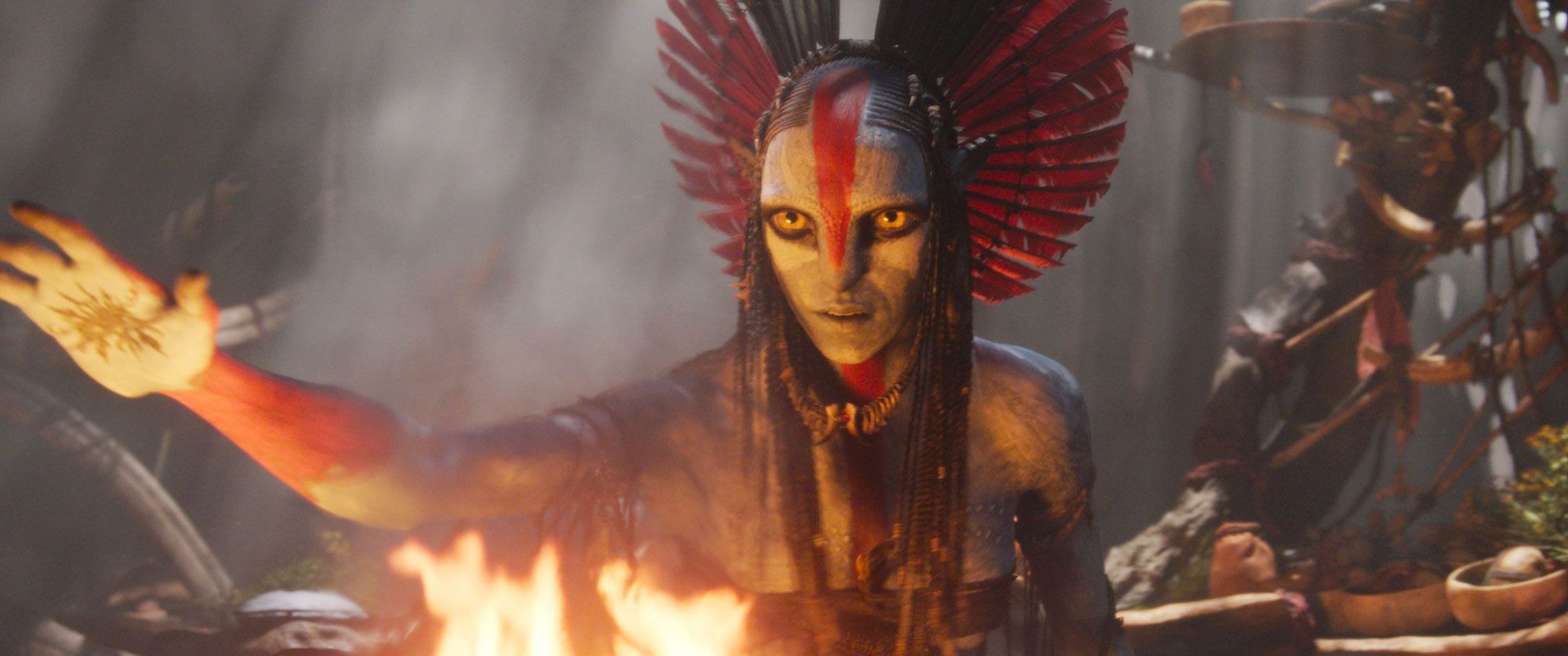The Complexity of Pre-Colonial Aboriginal Food Production: Farmers or Foragers?

November 11, 2023
This article has undergone a careful review as per the editorial process and policies of Science X. The following confirmations have been made to ensure the credibility of the content:
- checked for facts
- from a trusted source
- authored by researchers
- proofread
by Michael Westaway, Alison Crowther, Nathan Wright, Robert Henry and Rodney Carter, The Conversation
The book "Dark Emu" by Aboriginal historian Bruce Pascoe has sparked heated discussions for almost a decade. Pascoe suggests that several pre-colonial Aboriginal groups were farmers, citing examples of eel aquaculture in Victoria and grain planting and threshing of native millet in central Australia.
A wide range of people, including academics, Aboriginal communities with an interest in future food sources, and those casting it as a distortion of history, have been drawn into the debate.
For us, a collection of archaeologists and First Nations individuals, the prolonged nature of this argument points to gaps in our ways of interpreting food production and researching its history in Australian archaeology.
The farmers versus foragers dichotomy is a gross oversimplification of the complex mosaic of food production. It does not accurately represent the varied techniques of food production developed over 60,000 years of Aboriginal history, given the wide range of Australian ecosystems from rainforests to snowy mountains to the spinifex-dominated arid region.
Our new study published in the Archaeology of Food and Foodways suggests that archaeologists should deeply engage with fields like plant genetics, ethnobotany, archaeobotany and bioarchaeology, as well as paying more attention to the views of Aboriginal people.
Understanding ancient food production systems is a complex task that archaeologists have been grappling with for years. We are not the first to link the difficulties to a lack of suitable methods.
Anna Florin and Xavier Carah, renowned archaeobotanists, have noted that food systems in northern Australia strongly resemble those from Papua New Guinea. Australian archaeologists have, however, been less keen to accept this conclusion. A part of the problem lies in the broad complexity of Aboriginal food production.
The answer to these issues lies in better methodology. Dark Emu uses colonial sources to demonstrate that many Aboriginal communities lived in semi-permanent settlements such as bark-hut villages. These sites provide crucial insights into their way of living. By assessing such settlement sites and sites of food preparation like fireplaces, we can identify the plants people used through recovery and analysis of seeds from the dust and ash left behind. However, the standard sieve sizes are typically too large to capture the tiny seeds of critical plants such as native millet.
Applying techniques from south-west Asia, where fine-mesh sieves have been used to recover ancient seeds, could rectify this issue. The process also demands reference collections to correctly identify recovered seeds from fireplaces.
Worldwide, integrating plant genetics and archaeology has revolutionized our grasp of how humans used and traded plants and how they genetically altered these plants for enhanced use.
In Australia, this interdisciplinary approach is still fairly new. But early applications, complemented by Aboriginal knowledge of plant use, are offering remarkable insights into how Aboriginal communities cultivated and disseminated key species like the black bean Castanospermum australe across the landscape.
Still-existing ancient food production techniques may yield notable probative value. For instance, despite the small size of expected seeds, all four species of native rice have large ones. Over thousands of years, Aboriginal communities in Australia's humid north cultivated these floodplain grasses, which may have resulted in the larger grains observed today, as their ancient counterparts did elsewhere.
These hypotheses are yet to be confirmed, but we can do so using careful genetic analysis of remaining wild populations. This analysis could determine whether human or natural selection resulted in these large grains. Additionally, we can examine genetic diversity among wild rice populations to ascertain whether Aboriginal groups played a role in spreading these useful plants.
Every bone tells a story. In your bones lie traces of how fast you grew, what you ate and how hard your life was.
Studying ancestral remains is a very sensitive issue due to the colonial practice of collecting Aboriginal remains for research. But when done sensitively and respectfully, it yields fresh insights.
Bones and teeth can tell us many things about life in Aboriginal Australia. Tracking changes in isotope ratios in teeth can tell us if people were shifting to a more sedentary way of living. Stress in bones can tell us about difficult food production techniques such as labor-intensive seed grinding.
Aboriginal culture is 60 millennia old, during which time the climate shifted several times. Sea levels rose, flooding the Bass Strait and the coastal plains connecting Cape York to Papua New Guinea.
For a culture to survive that long means it had to rely on sustainable food production. Finding out how exactly this was done could yield lost knowledge and make it possible for current-day Aboriginal groups to recapture these methods and crops.
To date, renewed interest in bushfoods has not spread far beyond boutique food industries such as gourmet breads and specialized plant foods like Kakadu plum and quandongs.
Learning more about drought-resilient crops such as native rice and native millet (Panicum decompositum) could help farmers adapt to climate change and diversify food production. In central Victoria, the Dja Dja Wurrung group is exploring the potential for kangaroo grass (Themeda triandra) for use as a food and as drought-resistant cattle fodder.
The better we understand ancient food production, the more likely we are to be able to bring this knowledge to bear on today's challenges—and give a fuller answer to the questions raised by Dark Emu.
Provided by The Conversation
This article is republished from The Conversation under a Creative Commons license. Read the original article.




